- Prepare Your Garden for April Planting
- Choosing the Right Flowers for April Blooming
- Essential Care Tips for Flowering Plants
- 1. Sunlight
- 2. Watering
- 3. Fertilizer
- 4. Pruning
- 5. Mulching
- 6. Pest and Disease Control
- 7. Support and Staking
- Maximizing Yield in Your Thriving Vegetable Garden
- 1. Plant a variety of vegetables
- 2. Practice proper spacing
- 3. Provide adequate nutrition
- 4. Keep weeds under control
- 5. Water properly
- 6. Monitor for pests and diseases
- 7. Harvest frequently
- 8. Rotate crops
- 9. Extend the season with season-extending techniques
- 10. Keep records
- April Planting Calendar for Vegetables
- Early April
- Mid-April
- Late April
- The Importance of Proper Seedling Care
- Choosing the Right Container
- Using Quality Soil
- Providing Adequate Light
- Watering Carefully
- Providing Proper Temperature
- Transplanting at the Right Time
- Fertilizing Appropriately
- Tips for Growing Healthy Seedlings
- Common Pests and Diseases in April and How to Control Them
- 1. Aphids
- 2. Slugs and Snails
- 3. Powdery Mildew
- 4. Tomato Leaf Curl
- 5. Root Rot
- Questions and Answers:
- What flowers should I plant in April?
- How often should I water my vegetable garden in April?
- What vegetables can I start growing from seedlings in April?
- When should I prune my flowering plants in April?
- How can I protect my seedlings from pests in April?
- What should I do if my seedlings are not growing well in April?
- Videos: How to grow Cucumbers vertically, extremely lots of fruit, Growing cucumbers
April is an exciting time for gardeners, as the weather becomes warmer and nature awakens from its winter slumber. It’s a month when flowers start blooming, vegetable gardens thrive, and seedlings grow stronger. Whether you’re an experienced gardener or just starting out, April offers plenty of opportunities to get your hands dirty and enjoy the beauty of nature.
One of the highlights of April gardening is the abundance of blooming flowers. From vibrant tulips to delicate daisies, the garden becomes a riot of colors. The fragrance of freshly blossomed flowers fills the air, creating a pleasant and inviting atmosphere. It’s the perfect time to plant some new additions to your flower bed or create a stunning floral arrangement to brighten up your home.
In addition to flowers, April is also a crucial time for vegetable gardens. With the warmer weather, vegetables like tomatoes, peppers, and cucumbers thrive and grow rapidly. It’s the perfect time to plant these warm-season vegetables and watch them flourish. Don’t forget to water regularly and provide support for climbing varieties. Soon, you’ll be enjoying a bountiful harvest right from your own backyard.
April is also the month to focus on seedlings. If you started your seeds indoors earlier in the year, now is the time to transplant them into your garden. Be sure to harden off your seedlings gradually, exposing them to outdoor conditions for a few hours each day. This will help them adjust to the new environment and prevent transplant shock. Keep a close eye on your seedlings and provide them with the necessary care to ensure their healthy growth.
Overall, April is a wonderful time for gardening enthusiasts. Whether you have a small balcony garden or a sprawling backyard, there’s always something to do and enjoy. From the beauty of blooming flowers to the satisfaction of a thriving vegetable garden, the possibilities are endless. So grab your gardening tools, put on your gloves, and embrace the joys of gardening in April!
Prepare Your Garden for April Planting
- Remove any weeds or debris from your garden beds to create a clean and fertile environment for your new plants.
- Amend the soil with compost or organic fertilizer to replenish nutrients and improve its structure.
- Plan out your planting scheme for the month, taking into consideration the sunlight requirements and spacing needs of your chosen plants.
- Start seeds indoors for plants that require a longer growing season, such as tomatoes or peppers. Use seed trays or pots filled with seed-starting mix.
- Prune any dead or damaged branches from your trees and shrubs to encourage healthy growth.
- Test the pH level of your soil and make any necessary adjustments to create optimal growing conditions for your plants.
- Transplant any seedlings that have outgrown their containers into larger pots or directly into your garden beds.
- Ensure your garden beds have proper drainage by removing any excess water or improving the soil’s structure.
- Apply a layer of mulch around your plants to help retain moisture, suppress weed growth, and regulate soil temperature.
- Protect your garden from pests by installing physical barriers or using organic pest control methods.
By following these steps, you will be well-prepared to start planting in April and create a beautiful and productive garden.
Choosing the Right Flowers for April Blooming
April is a great time to fill your garden with beautiful blooming flowers. The right selection of flowers can add color and vibrancy to your garden while attracting bees, butterflies, and other pollinators. Here are some popular flowers that are known to bloom in April:
Tulips: Tulips come in a variety of colors and are known for their elegant and vibrant blooms. They can be planted in fall for a beautiful display in April.
Daffodils: Daffodils, also known as narcissus, are cheerful and bright flowers that typically bloom in early spring. They come in different varieties and can bring a burst of color to your garden.
Crocuses: Crocuses are a type of small, low-growing, early spring flowers that come in various shades of purple, yellow, and white. They are often one of the first flowers to bloom in April and can create a carpet of color in your garden.
Pansies: Pansies are cool-season flowers that can tolerate cooler temperatures. They are available in a wide range of colors and can bloom throughout the spring, including April. Pansies add a vibrant touch to any garden or container.
If you’re looking for more flower options, consider checking with your local nursery or garden center for flowers that are native to your region and are known to bloom in April. Additionally, make sure to consider the growing conditions, such as sunlight and soil type, before choosing the flowers for your garden.
Essential Care Tips for Flowering Plants
1. Sunlight
Most flowering plants require ample sunlight to thrive. Place your plants in a location where they can receive at least 6-8 hours of sunlight each day. If you have plants that prefer partial shade, make sure to provide them with the appropriate amount of light.
2. Watering
Proper watering is crucial for the health of flowering plants. Check the moisture level of the soil regularly and water when it feels dry to the touch. Avoid overwatering, as it can lead to root rot. It’s best to water in the morning or evening, when the temperatures are cooler.
3. Fertilizer
Flowering plants benefit from regular fertilization to encourage healthy growth and vibrant blooms. Choose a fertilizer specifically formulated for flowering plants and follow the instructions on the package for application rates. Be careful not to over-fertilize, as it can burn the plants.
4. Pruning
Regular pruning is essential for maintaining the shape and health of flowering plants. Remove any dead or diseased foliage, as well as spent flowers to encourage new blooms. Trim back any overgrown branches to promote better air circulation and prevent disease.
5. Mulching
Applying a layer of mulch around the base of your flowering plants helps retain moisture, suppress weed growth, and regulate soil temperature. Use organic mulch, such as wood chips or shredded leaves, and apply a layer about 2-3 inches thick around the plants.
6. Pest and Disease Control
Keep an eye out for common pests, such as aphids and spider mites, and take appropriate measures to control them. Use organic pest control methods whenever possible to minimize harm to beneficial insects. Regularly inspect your plants for signs of disease, such as fungal infections, and take prompt action to prevent spreading.
7. Support and Staking
Some flowering plants, such as tall varieties of roses or delphiniums, may require support to prevent them from toppling over. Use stakes or cages to provide support to these plants, especially during windy or rainy periods.
- Ensure ample sunlight
- Water regularly, avoiding overwatering
- Fertilize as directed
- Prune to maintain shape and health
- Mulch to retain moisture and suppress weeds
- Control pests and diseases
- Provide support as needed
Maximizing Yield in Your Thriving Vegetable Garden
1. Plant a variety of vegetables
By planting a variety of vegetables in your garden, you can ensure a continuous harvest throughout the season. Different vegetables have different maturity rates, so by planting a mix of fast-growing and slow-growing vegetables, you can maximize your yield and have fresh produce all season long.
2. Practice proper spacing
Proper spacing is essential for maximizing yield in a vegetable garden. Each vegetable has specific spacing requirements, so be sure to follow the guidelines on the seed packet or plant label. Giving your plants enough space allows them to grow and develop without competition, resulting in larger yields.
3. Provide adequate nutrition
Vegetables require nutrients to grow and produce abundantly. Before planting, add organic matter such as compost or well-rotted manure to the soil to provide a good source of nutrients. Additionally, you can apply organic fertilizers throughout the growing season to ensure your plants have the necessary nutrition for maximum yield.
4. Keep weeds under control
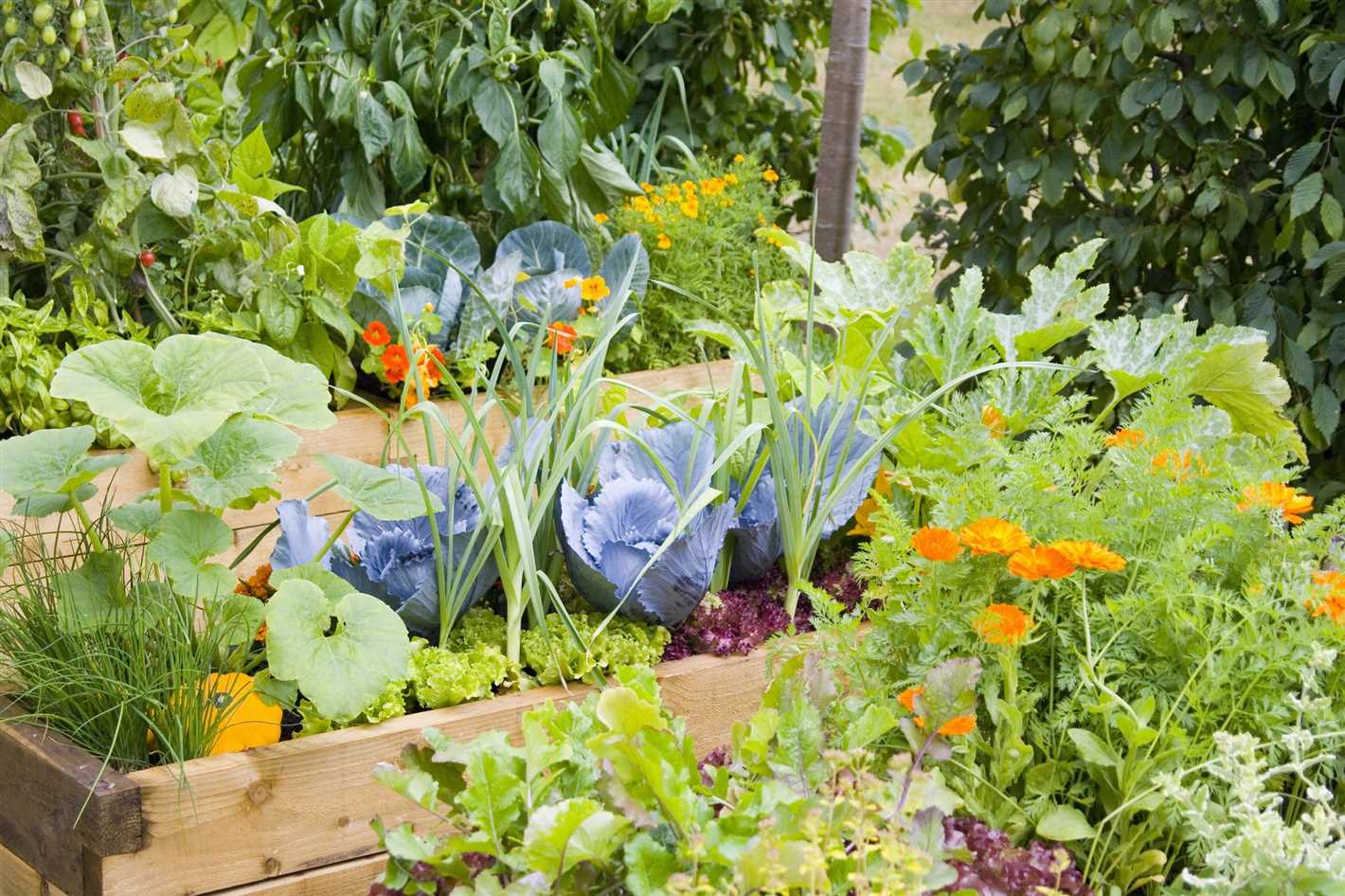
Weeds can compete with your vegetable plants for water, nutrients, and sunlight, ultimately reducing your yield. Regularly remove weeds from your garden beds using hand pulling, hoeing, or mulching. Mulching can also help in suppressing weed growth, conserving soil moisture, and maintaining consistent soil temperature.
5. Water properly
Water is vital for a thriving vegetable garden, but it’s important to water properly to maximize yield. Most vegetables require about an inch of water per week, either from rainfall or irrigation. Water deeply and less frequently to encourage deep root growth and drought tolerance. Avoid overwatering, as it can lead to disease and reduce yield.
6. Monitor for pests and diseases
Pests and diseases can quickly reduce the yield of a vegetable garden. Regularly inspect your plants for signs of pest damage or disease and take appropriate action. This may include handpicking pests, using organic pest control methods, or applying safe and approved pesticides. By keeping pests and diseases under control, you can maximize the yield of your vegetable garden.
7. Harvest frequently
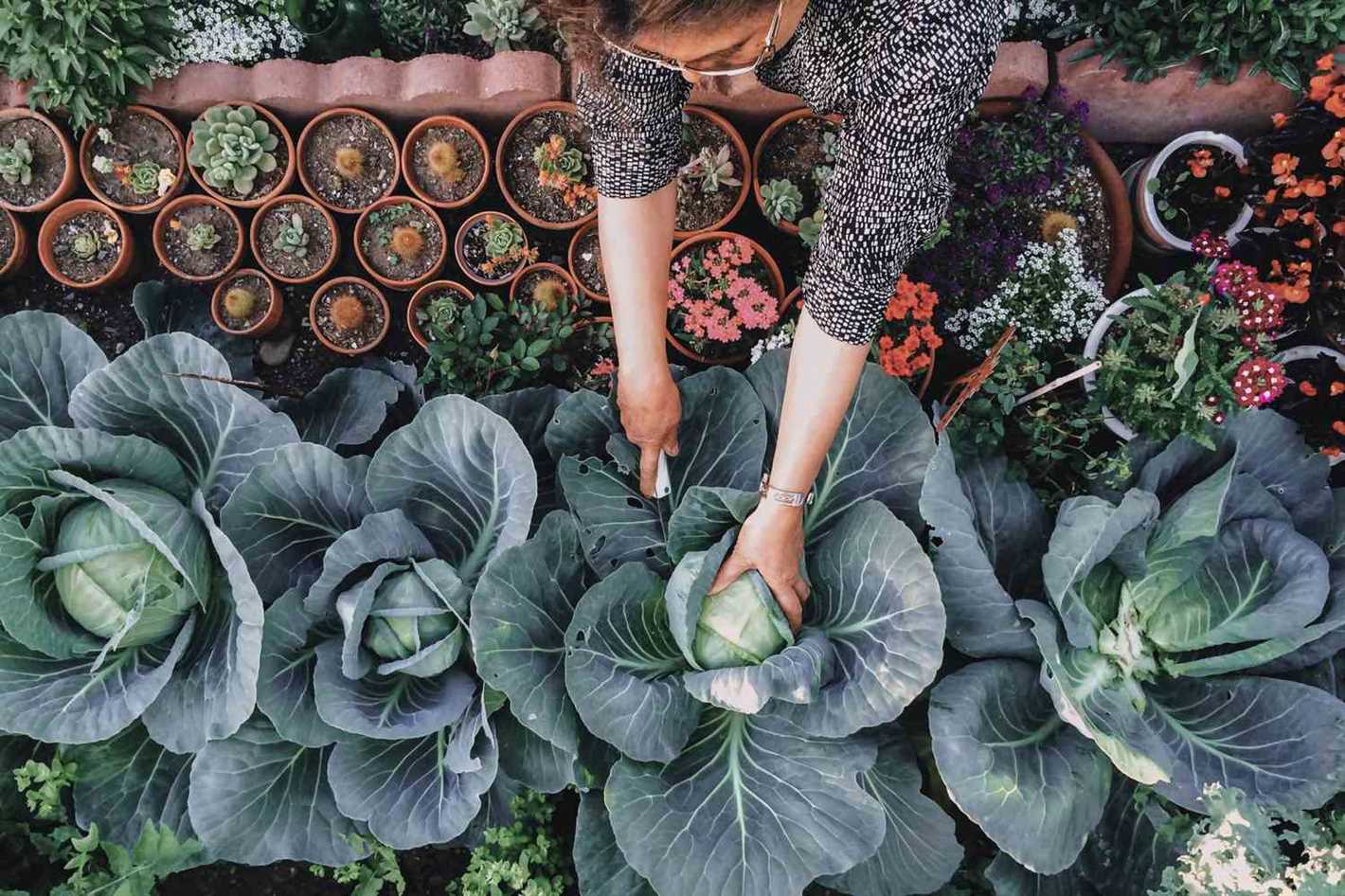
Harvesting your vegetables frequently not only ensures that you enjoy fresh, flavorful produce but also encourages the plants to continue producing. Regularly picking ripe vegetables encourages the plant to produce more, prolonging the harvest season and maximizing yield.
8. Rotate crops
Rotating crops is a practice that involves changing the location of each vegetable from one season to another. This helps prevent the buildup of pests and diseases in the soil, which can decrease yield. Plan your garden layout so that different vegetable families are moved to different areas each year.
9. Extend the season with season-extending techniques
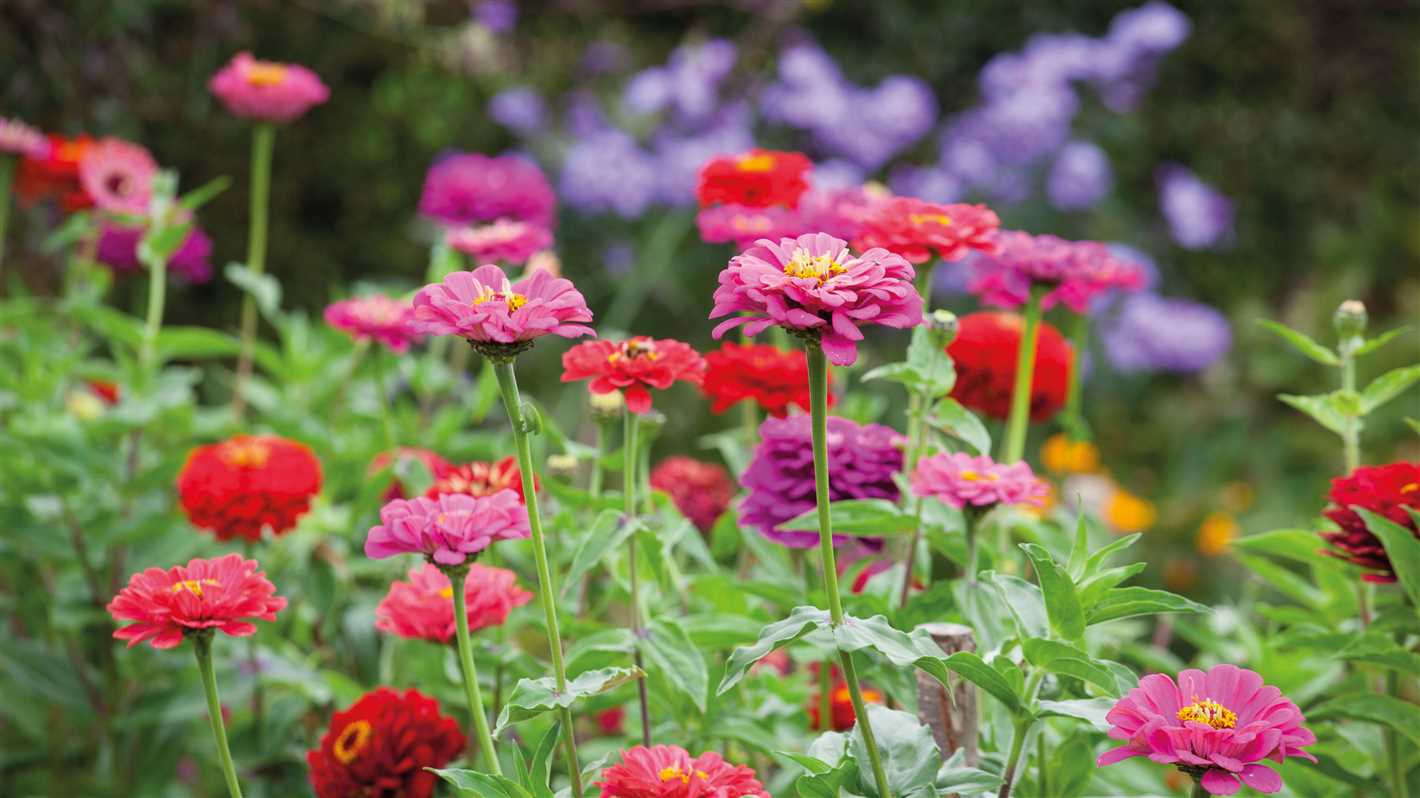
If you live in a region with a shorter growing season, you can maximize yield by using season-extending techniques. This can include using row covers, cold frames, or hoop houses to protect your plants from frost and extend the growing season. With a longer growing season, you can enjoy increased harvests and maximize your yield.
10. Keep records
Keeping records of your vegetable garden can help you maximize yield in the future. Keep track of planting dates, varieties, yields, and any observations or changes you make throughout the season. This information can help you make adjustments, identify patterns, and improve your gardening practices for higher yields in the future.
By following these tips, you can maximize the yield in your thriving vegetable garden and enjoy a bountiful harvest all season long.
April Planting Calendar for Vegetables
Early April
- Plant cool-season crops such as lettuce, spinach, and radishes.
- Transplant seedlings of broccoli, cauliflower, and cabbage into the garden.
- Start seeds indoors for warm-season crops like tomatoes, peppers, and eggplants.
Mid-April
- Sow seeds outdoors for carrots, beets, and peas.
- Transplant seedlings of kale and Swiss chard into the garden.
- Direct sow seeds for green beans and corn.
Late April
- Continue planting warm-season crops like cucumbers, squash, and melons.
- Sow seeds for herbs like basil, cilantro, and dill.
- Start seeds indoors for pumpkins and winter squash.
In addition to planting vegetables, make sure to properly water and fertilize your garden throughout the month. Regularly check for pests and diseases, and take necessary action to prevent or treat them. By following this April planting calendar, you’ll have a bountiful vegetable garden all season long!
The Importance of Proper Seedling Care
Proper care for seedlings is crucial for ensuring their healthy growth and development. By providing the right conditions, you can give your seedlings the best start they need to thrive in your garden.
Choosing the Right Container
Choosing the right container for your seedlings is important to ensure their growth. Use containers that are clean, well-drained, and have enough room for the roots to develop. It is recommended to use biodegradable pots made of materials like peat or coir, as they can be transplanted directly into the soil without disturbing the roots.
Using Quality Soil
Using quality soil is crucial for the health and growth of your seedlings. Use a seed starting mix or a blend of peat moss, vermiculite, and perlite to provide good drainage and aeration. Avoid using regular garden soil as it may contain pests, diseases, or weed seeds that can harm your seedlings.
Providing Adequate Light
Seedlings require adequate light for proper photosynthesis and growth. Place them in a well-lit area or use artificial grow lights if natural light is insufficient. Make sure to keep the lights close to the seedlings to prevent them from becoming leggy and weak.
Watering Carefully
Proper watering is essential for the health of your seedlings. Water them regularly, keeping the soil moist but not soggy. Avoid overwatering, as it can lead to root rot or other fungal diseases. Consider using a misting spray bottle or a bottom watering technique to prevent disturbing the delicate roots.
Providing Proper Temperature
Seedlings have specific temperature requirements for optimal growth. Keep them in a warm area with temperatures between 65-75°F (18-24°C) during the day and slightly cooler at night. Avoid exposing them to cold drafts or excessively high temperatures, as it can stress or damage the seedlings.
Transplanting at the Right Time
Transplant your seedlings into the garden only when they have developed sufficient roots and are strong enough to withstand outdoor conditions. Hardening off the seedlings by gradually exposing them to outdoor conditions before transplanting can help minimize transplant shock.
Fertilizing Appropriately
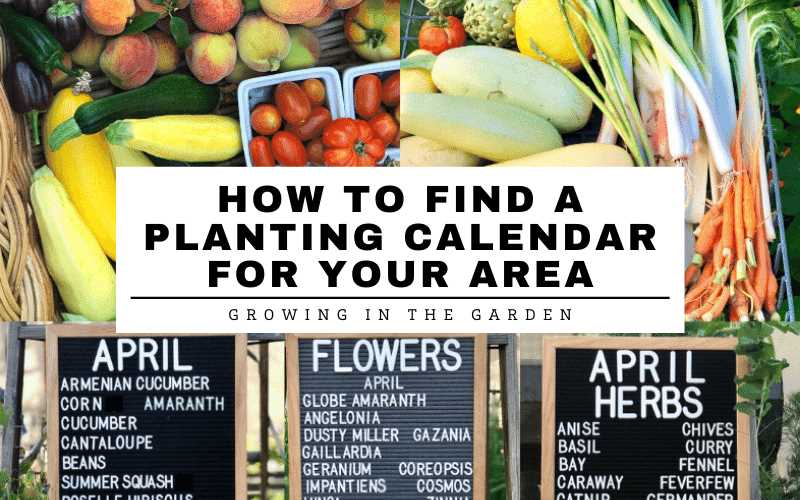
Seedlings require a balanced and gentle fertilizer to ensure their healthy growth. Use a diluted liquid fertilizer or organic compost tea to provide essential nutrients. Start fertilizing when the seedlings have developed their first true leaves, and follow the manufacturer’s instructions for proper dosage.
By following these seedling care tips, you can give your plants a strong foundation for healthy growth. Remember, proper care in the early stages will lead to stronger, more productive plants in your garden.
Tips for Growing Healthy Seedlings
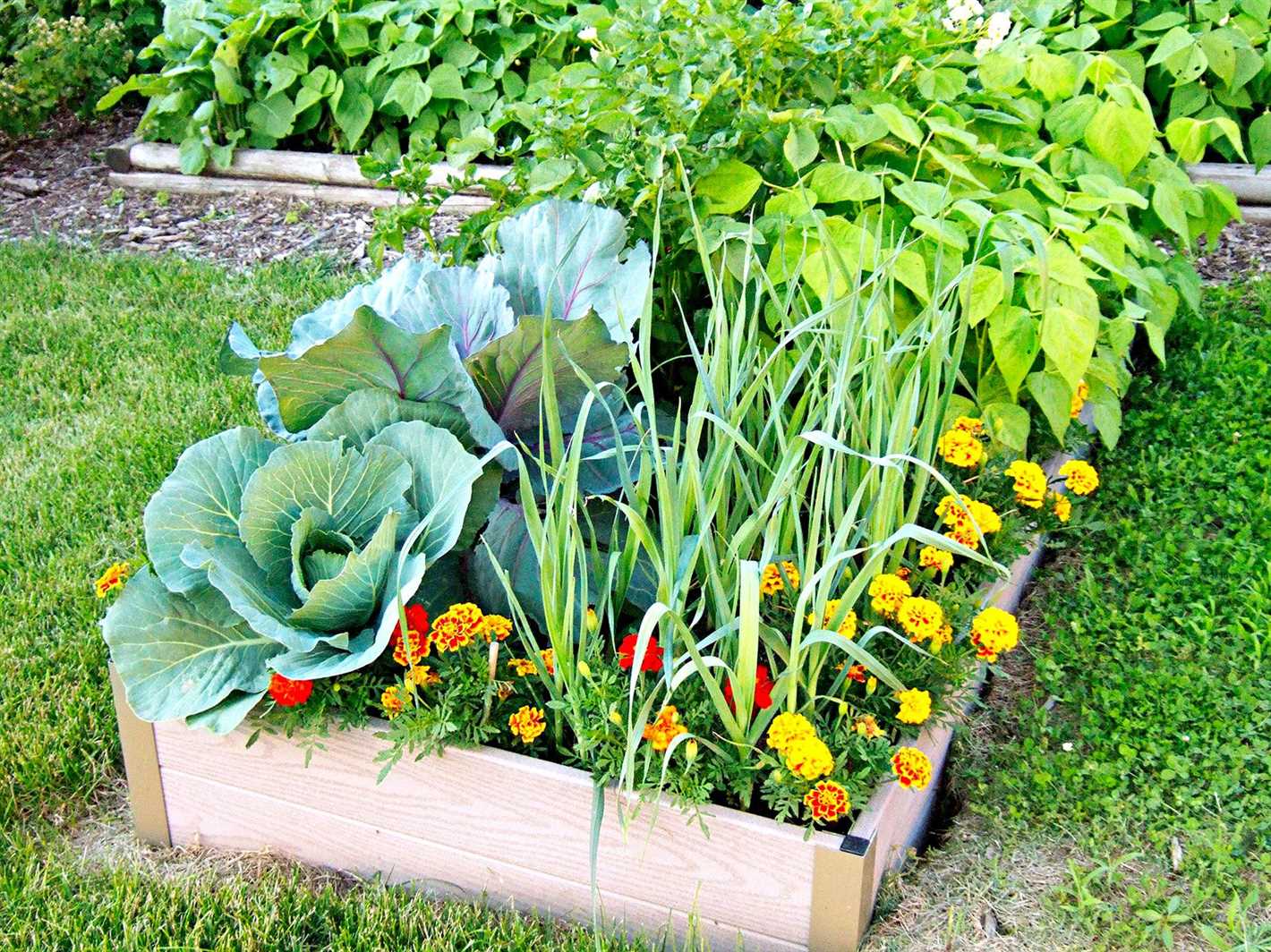
Seedlings are young plants that have just germinated from seeds and are still in their early stages of growth. It is crucial to provide them with optimal conditions to ensure their healthy development. Here are some tips for growing healthy seedlings:
- Start with high-quality seeds: Use seeds from reputable sources to ensure the best chance of germination and healthy growth.
- Choose the right container: Use containers with good drainage to prevent waterlogging and promote healthy root development. Biodegradable pots are a great option as they can be planted directly into the soil.
- Use a well-draining growing medium: Use a high-quality potting mix that provides good drainage, aeration, and nutrient availability for the young seedlings.
- Provide adequate light: Place the seedlings in a well-lit area, preferably near a sunny window or under artificial grow lights. Ensure they receive 12-16 hours of light daily.
- Keep the temperature consistent: Maintain a stable temperature between 65°F and 75°F (18°C and 24°C) for optimal growth. Avoid extreme temperature fluctuations.
- Water carefully: Keep the soil moist but not waterlogged. Use a spray bottle or a watering can with a fine nozzle to water the seedlings gently.
- Fertilize appropriately: Provide a balanced liquid fertilizer, following the instructions on the label. Start fertilizing when the seedlings have developed their first true leaves.
- Thin out overcrowded seedlings: When the seedlings have grown a bit, thin them out by removing the weakest ones to allow the remaining plants to have sufficient space for growth.
- Harden off before transplanting: Gradually expose the seedlings to outdoor conditions to acclimate them before transplanting them into the garden. Start with a few hours outdoors and gradually increase the time over several days.
By following these tips, you can ensure the healthy development of your seedlings and increase their chances of success when transplanted into the garden.
Common Pests and Diseases in April and How to Control Them
1. Aphids
Aphids are small insects that can cause damage to flowers and vegetables by feeding on their sap. They are usually found clustered on the undersides of leaves.
Control:
- Prune and remove infested parts of the plants
- Spray a mixture of water and insecticidal soap on the affected plants
- Introduce natural predators like ladybugs or lacewings to control aphid populations
2. Slugs and Snails
Slugs and snails can be a nuisance in the garden, feeding on young seedlings, flowers, and vegetables. They leave behind slime trails and can cause significant damage.
Control:
- Remove debris and hiding places where slugs and snails can hide during the day
- Set up physical barriers like copper tape around vulnerable plants
- Handpick and dispose of slugs and snails
- Use organic slug and snail baits sparingly, following the instructions provided
3. Powdery Mildew
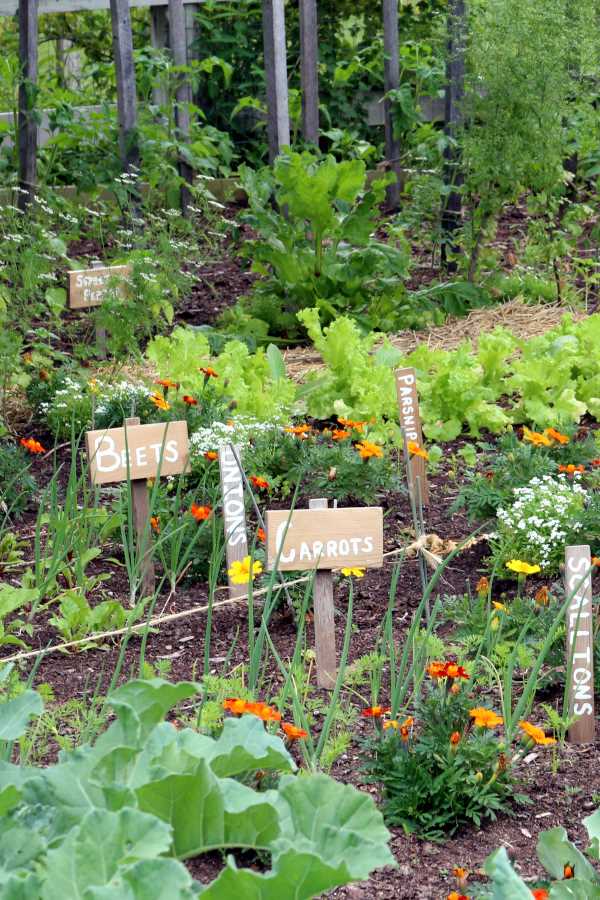
Powdery mildew is a fungal disease that often affects ornamental plants and vegetables. It appears as a white powdery coating on the leaves and can lead to stunted growth.
Control:
- Ensure good air circulation by spacing plants appropriately
- Water plants from the base to avoid wetting the foliage
- Use fungicidal sprays or powders specifically designed for powdery mildew
- Remove and destroy infected plant parts to prevent the spread of the disease
4. Tomato Leaf Curl
Tomato leaf curl is a viral disease that affects tomato plants. It causes the leaves to become distorted and curl upwards. It can reduce yield and affect the overall health of the plant.
Control:
- Plant disease-resistant tomato varieties
- Remove and destroy infected plants to prevent the spread of the virus
- Avoid planting tomatoes near other infected plants
- Control the population of whiteflies, which can transmit the virus
5. Root Rot
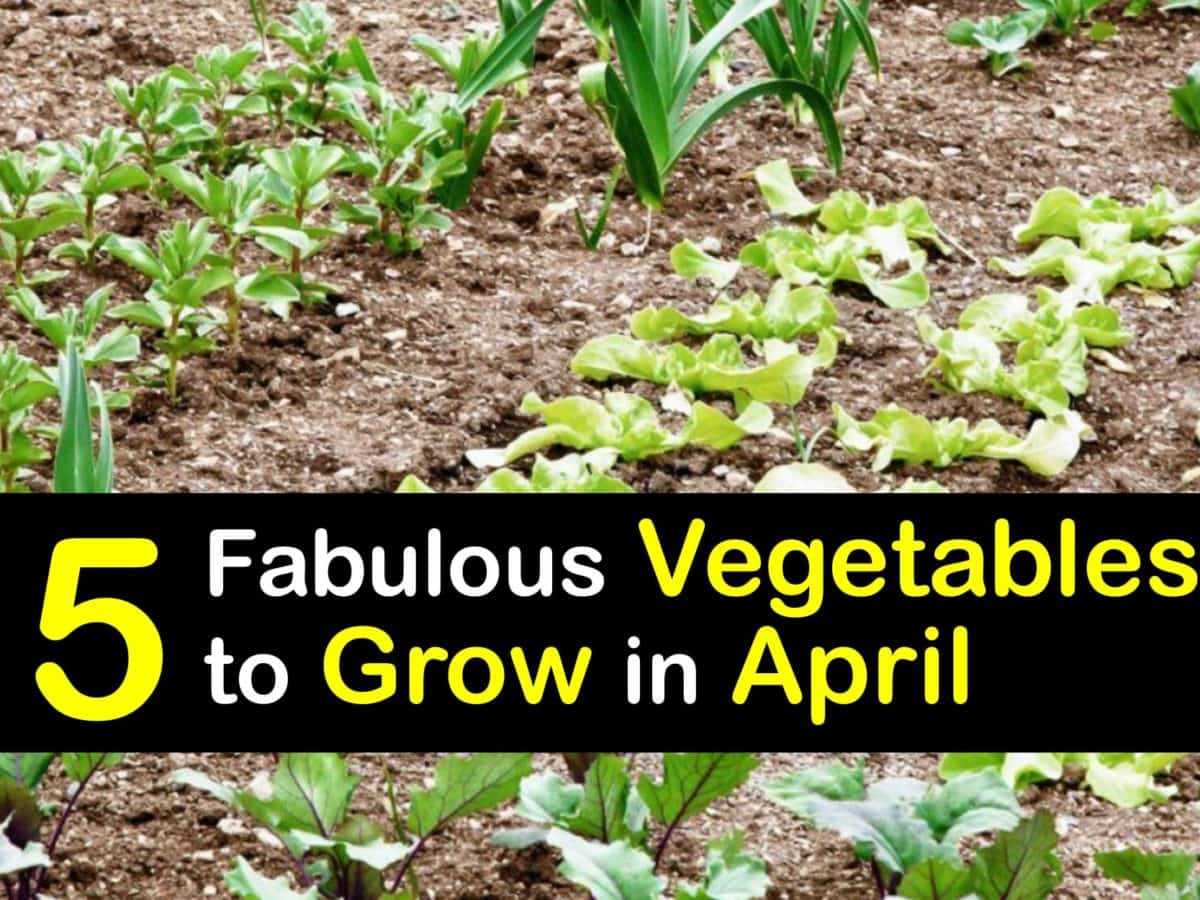
Root rot is a common problem that can affect a variety of plants. It is caused by overwatering, poor drainage, or fungal pathogens. It can cause wilting, yellowing leaves, and stunted growth.
Control:
- Improve soil drainage by adding organic matter
- Avoid overwatering and ensure the plants’ roots have enough oxygen
- Apply fungicides specifically formulated for root rot control
- Remove and destroy infected plants and ensure proper sanitation
| Pest/Disease | Symptoms | Control Measures |
|---|---|---|
| Aphids | Clustered on undersides of leaves | Pruning, insecticidal soap, natural predators |
| Slugs and Snails | Slime trails, damage to seedlings and plants | Removing hiding places, barriers, handpicking, baits |
| Powdery Mildew | White powdery coating on leaves | Air circulation, proper watering, fungicidal sprays |
| Tomato Leaf Curl | Distorted and curled tomato leaves | Disease-resistant varieties, removing infected plants, controlling whiteflies |
| Root Rot | Wilting, yellowing leaves, stunted growth | Improving soil drainage, proper watering, fungicides |
Questions and Answers:
What flowers should I plant in April?
In April, you can plant a variety of flowers such as marigolds, petunias, sunflowers, and zinnias. These flowers thrive in the spring weather and will add beautiful colors to your garden.
How often should I water my vegetable garden in April?
In April, it is important to water your vegetable garden regularly, especially if there is not enough rainfall. Watering once or twice a week should be sufficient, but make sure the soil is evenly moist and not waterlogged.
What vegetables can I start growing from seedlings in April?
In April, you can start growing a variety of vegetables from seedlings such as tomatoes, peppers, cucumbers, and lettuce. These vegetables prefer the warmer temperatures of spring and will grow well when planted from seedlings.
When should I prune my flowering plants in April?
In April, it is best to wait until after the flowering period to prune your flowering plants. This allows the plants to bloom fully before you trim them. Pruning after the flowering period helps promote healthy growth for the next season.
How can I protect my seedlings from pests in April?
In April, you can protect your seedlings from pests by using natural pest control methods such as companion planting, installing physical barriers like row covers, and using organic insecticides. These methods help keep pests away from your seedlings without harming the environment.
What should I do if my seedlings are not growing well in April?
If your seedlings are not growing well in April, there are a few things you can try. Make sure they are getting enough sunlight, water them adequately, and ensure the soil has good drainage. You can also consider using a balanced fertilizer to provide essential nutrients for their growth.







